Synthesized microrobots capable of converting their mechanical motion into a means of self-propulsion.
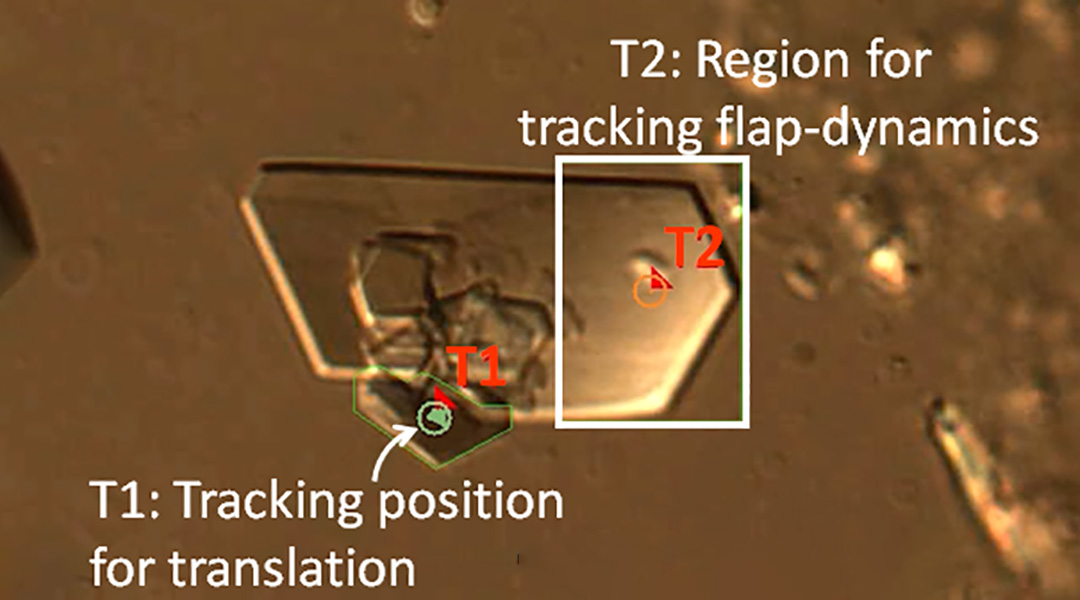


Synthesized microrobots capable of converting their mechanical motion into a means of self-propulsion.
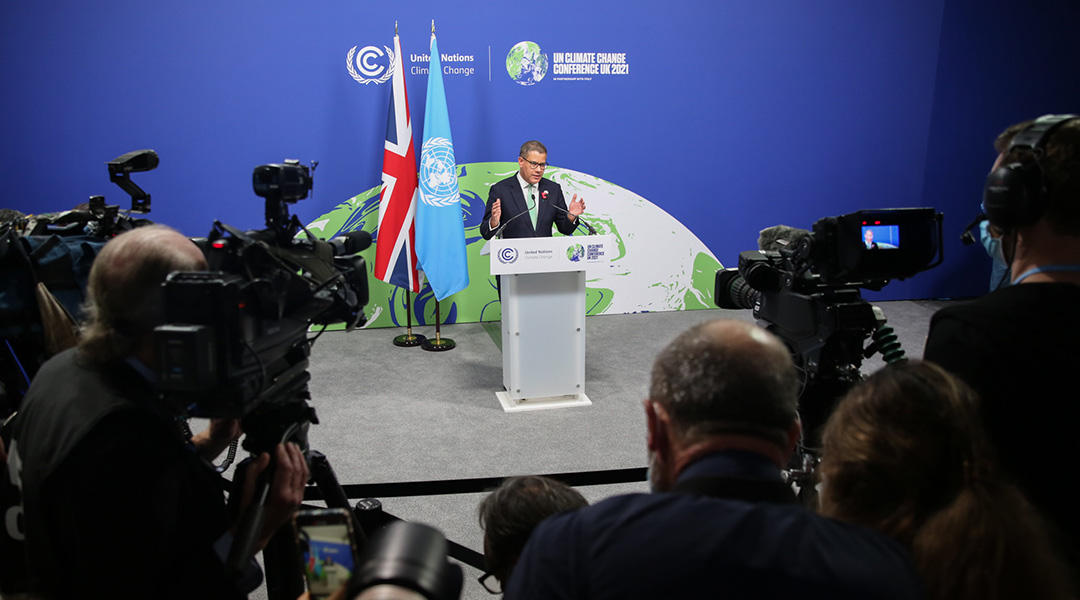
Pledges provide hope that the climate crisis is being taken seriously, but whether words will translate into reality is yet to be seen.
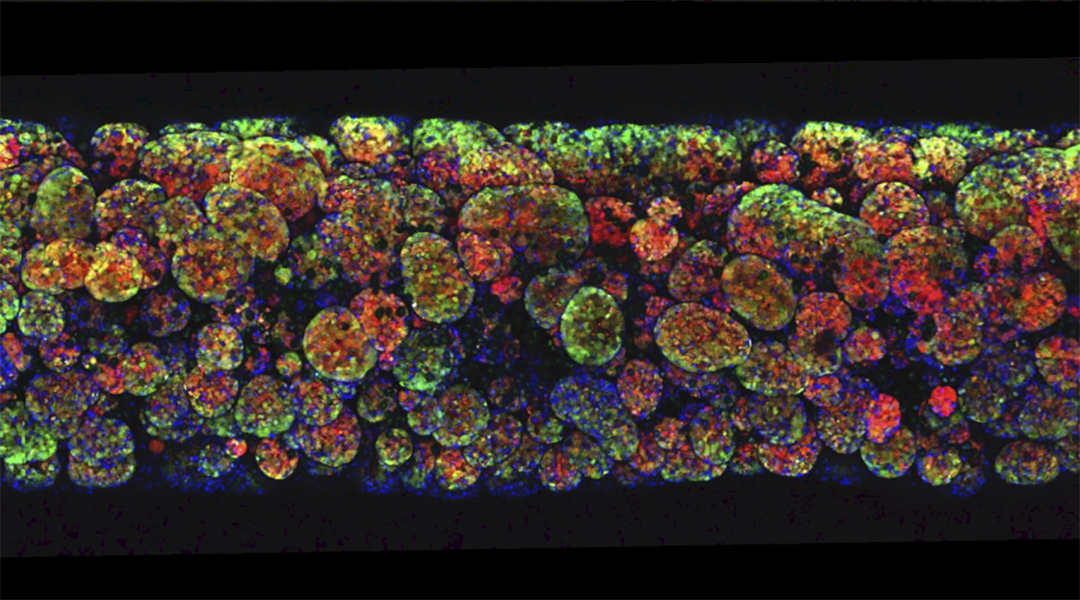
Living optical fibers, nickel skeletons, and superconducting graphene — this edition of our Science in pictures series contains more incredible images selected by our editors.
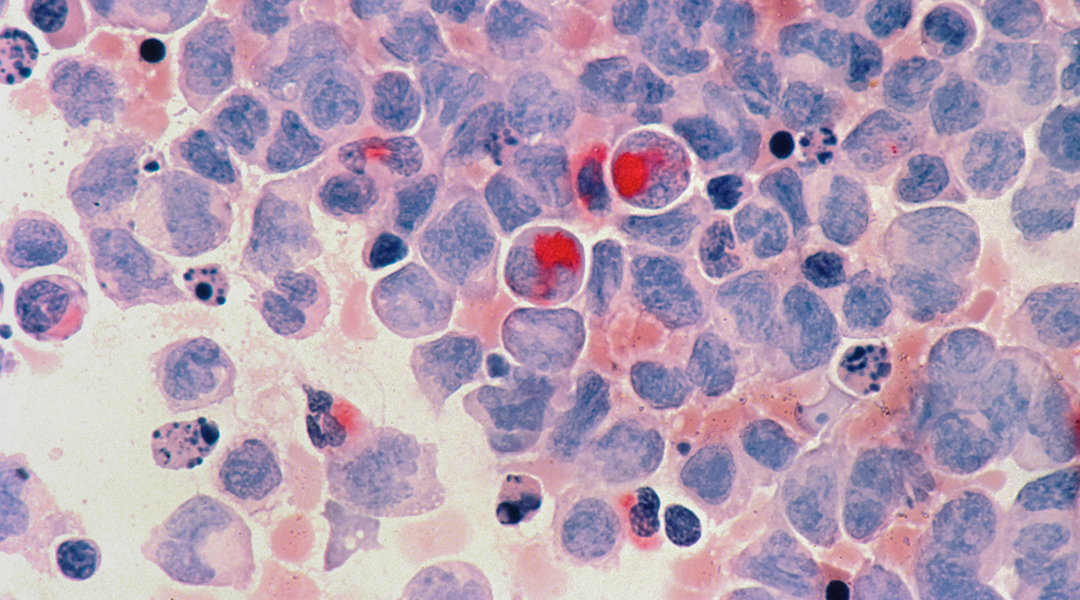
Tin mono-sulfide nanosheets prove to be effective and sensitive soft X-ray detectors with potential to monitor biological systems in real time.
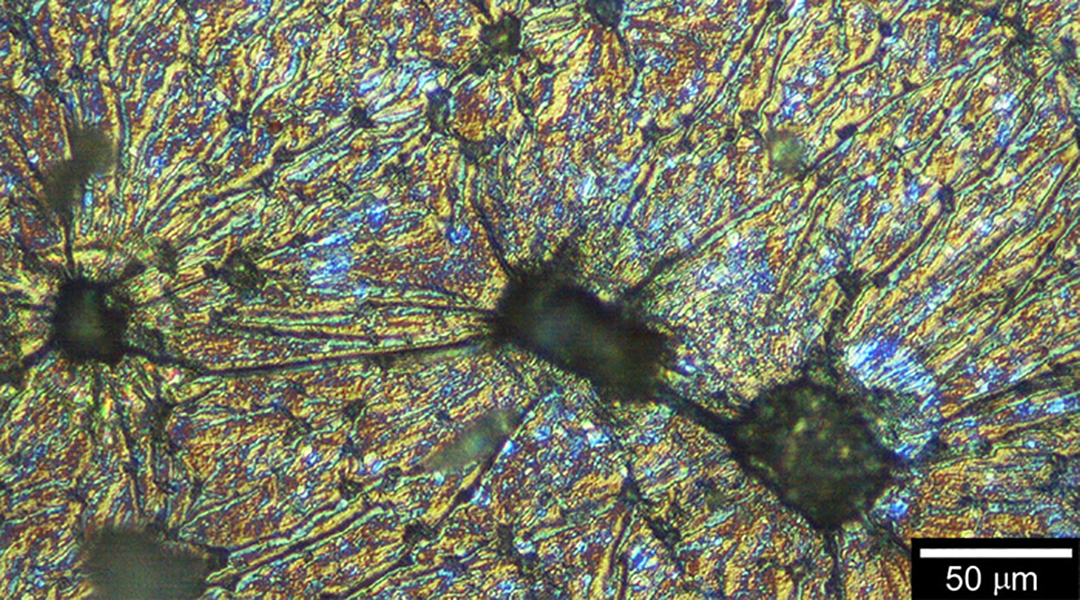
Researchers have used helical virus particles as chiral templates for growing polymers with magnetic properties.
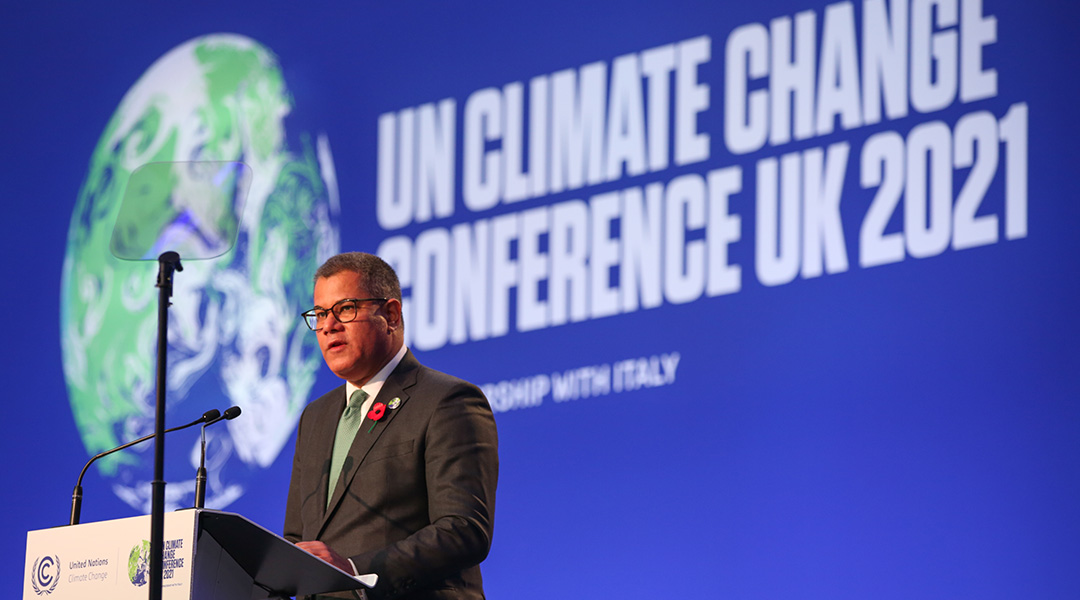
This year’s COP26 conference will see delegations from across the globe collaborating on solutions to the climate crisis — here’s some of what their discussions should include.
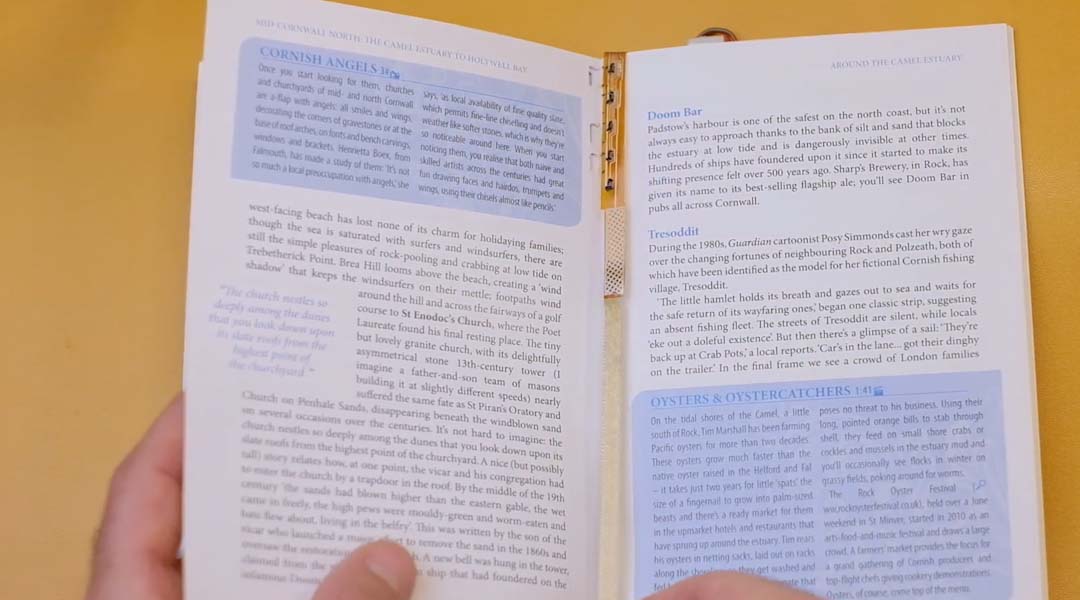
The “Magic Bookmark” blurs the boundary between the digital and the analogue.

Experts think humans should be able to safely travel to and from Mars, but harmful solar radiation poses some technological challenges.
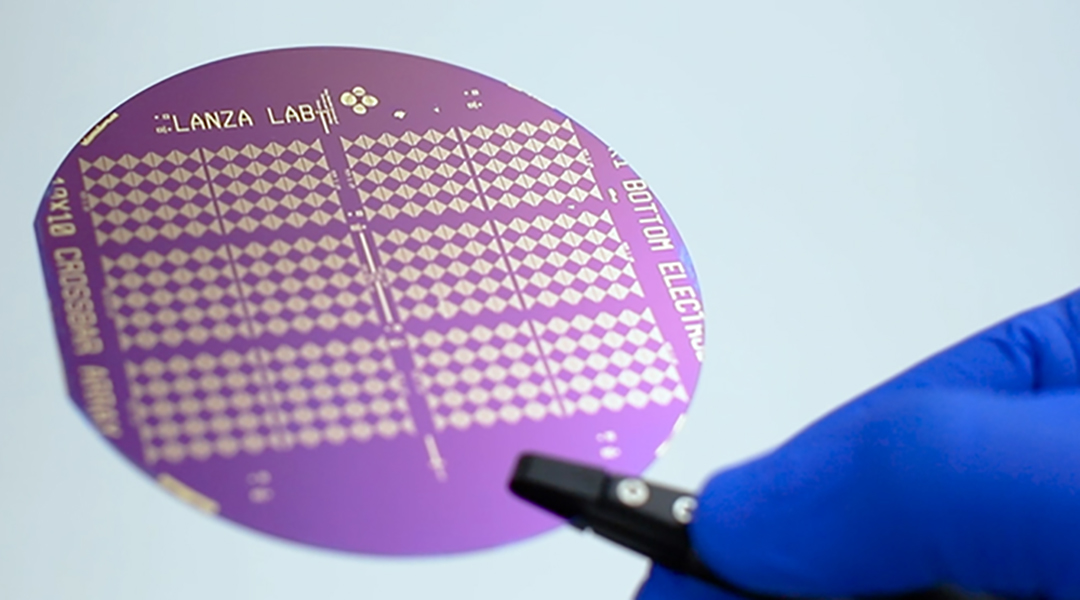
Using atomically-thin 2D films, researchers have developed a nano-scale random number generator with enhanced long-term stability and reduced power consumption.
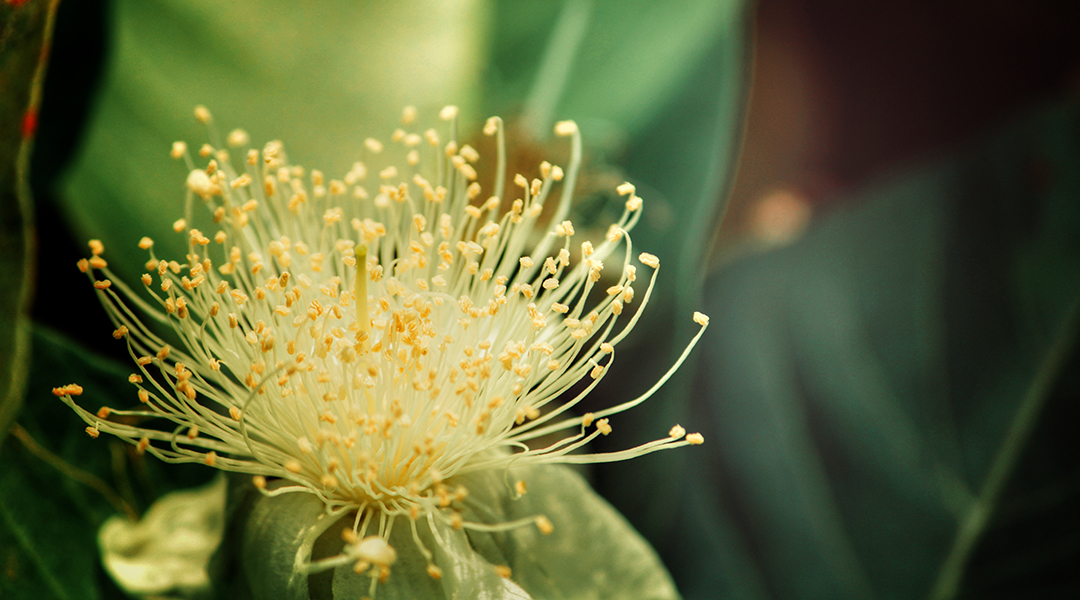
A pollen-based ink opens doors for advancements in 3D bioprinting.